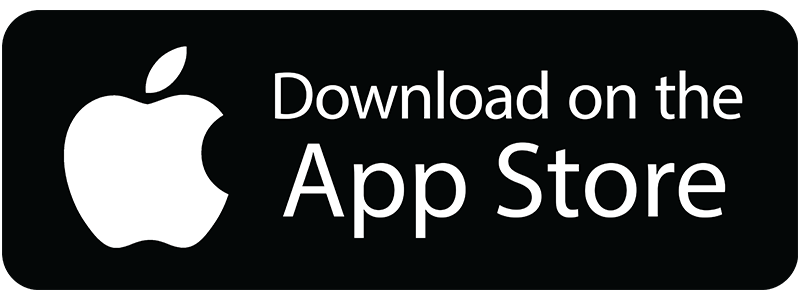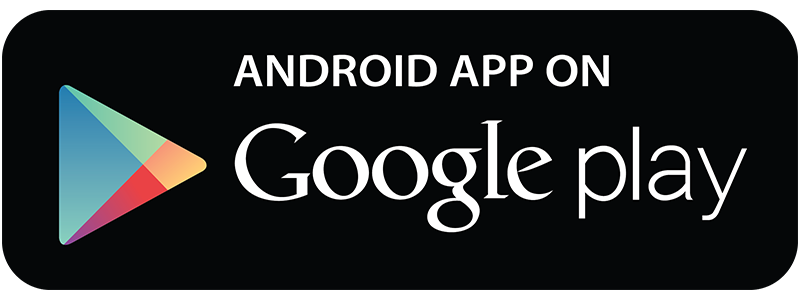What is a landing page? If you’ve spent any time researching online marketing, chances are you’ve come across someone talking about landing pages. Here we are going to break down just what a landing page is, as well as the reasons you might want to create one.
What is it? Generally speaking, landing page design projects are created with a specific audience in mind. A Sports medicine company for example, might create a landing page targeting schools, “Student athletes rate us highest in sports therapy and medicine”. The purpose of doing this is to both attract the target audience and give them a direct and easy way to take some sort of action with your business. These actions can vary from a newsletter sign-up to an actual sale. That said, landing page builders for new marketers could be essential as it may be necessary to pay careful attention to how a landing page is created and for what purpose. It could be possible that your future landing page will be the page of your website where your visitors’ information would be captured, an aspect that may be important for you. Therefore, you may need to pay more attention to it.
Keywords: This is where search engines come in. You may want to choose a few keywords as well as AdWords that your target audience might be searching on Google, then riddle your landing page with them. Use them in the title, text and even name your images with those keywords. If you need an expert’s help in choosing these keywords, search online for firms that specialize in google adwords nz (or wherever you prefer) and try to get their help in deciding what AdWords or keywords might work well for you. All of these tactics will help put your page in front of your audience when they hit that search button.
Audience: Think about what the people searching for your keyword would want to see. What information is going to speak to them most? What images will catch their attention?
Length: You will hear mixed opinions on this, but generally speaking you want to trade length for keeping the attention of the reader. Keep it simple, short and too the point, getting that user to the call-to-action as soon as possible. A good rule of thumb for most landing pages is around 250-800 words.
Call-to-action: The call-to-action (CTA) invites the customer to complete the goal of your page. This CTA should be obvious, and immediately accessible. It can come in several forms. Here’s a few you might find helpful:
An email opt-in to sign up for your newsletter.
A Sales button leading to your storefront or booking service.
A phone number to your sales team.
Images and Videos: It is important to cater your use of images and videos to both grasping the attention of your target audience as well as selling them on your business. If at all possible avoid stock photos and use your own, quality images that represent the best parts of your brand and what you do. While making the video, try to center the video on telling the product story, not selling it. Optimize the video for SEO and tag appropriately. Remember to use standard video editing apps like the ones you find in this link.
Landing pages can benefit your business if it is crafted well. Make sure that the above-mentioned points are followed for successful conversion. If you’re ready to create a landing page of your own we suggest trying out Squarespace an amazing tool for creating full fledged websites as well as single landing pages.



